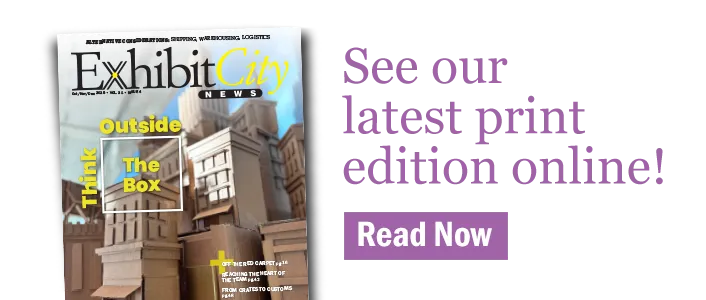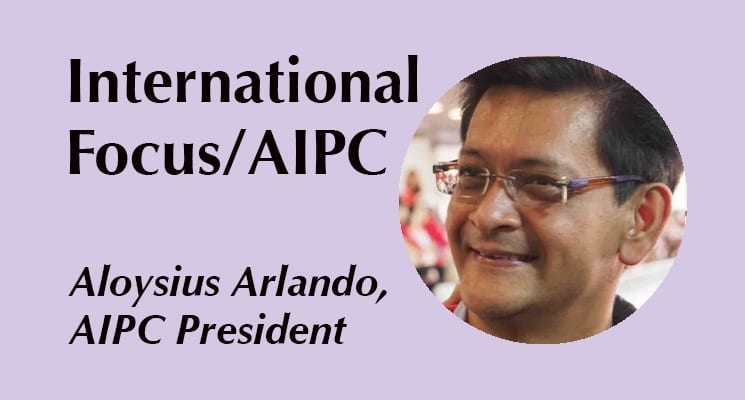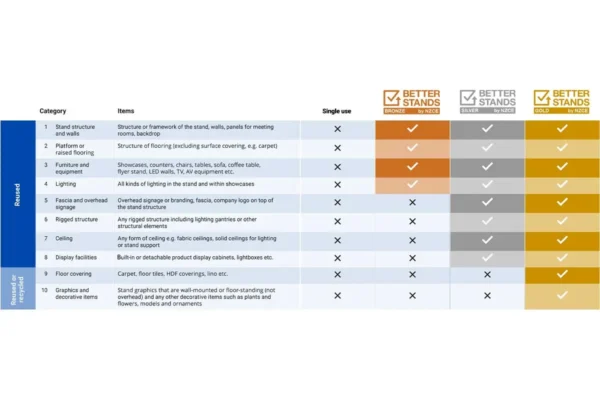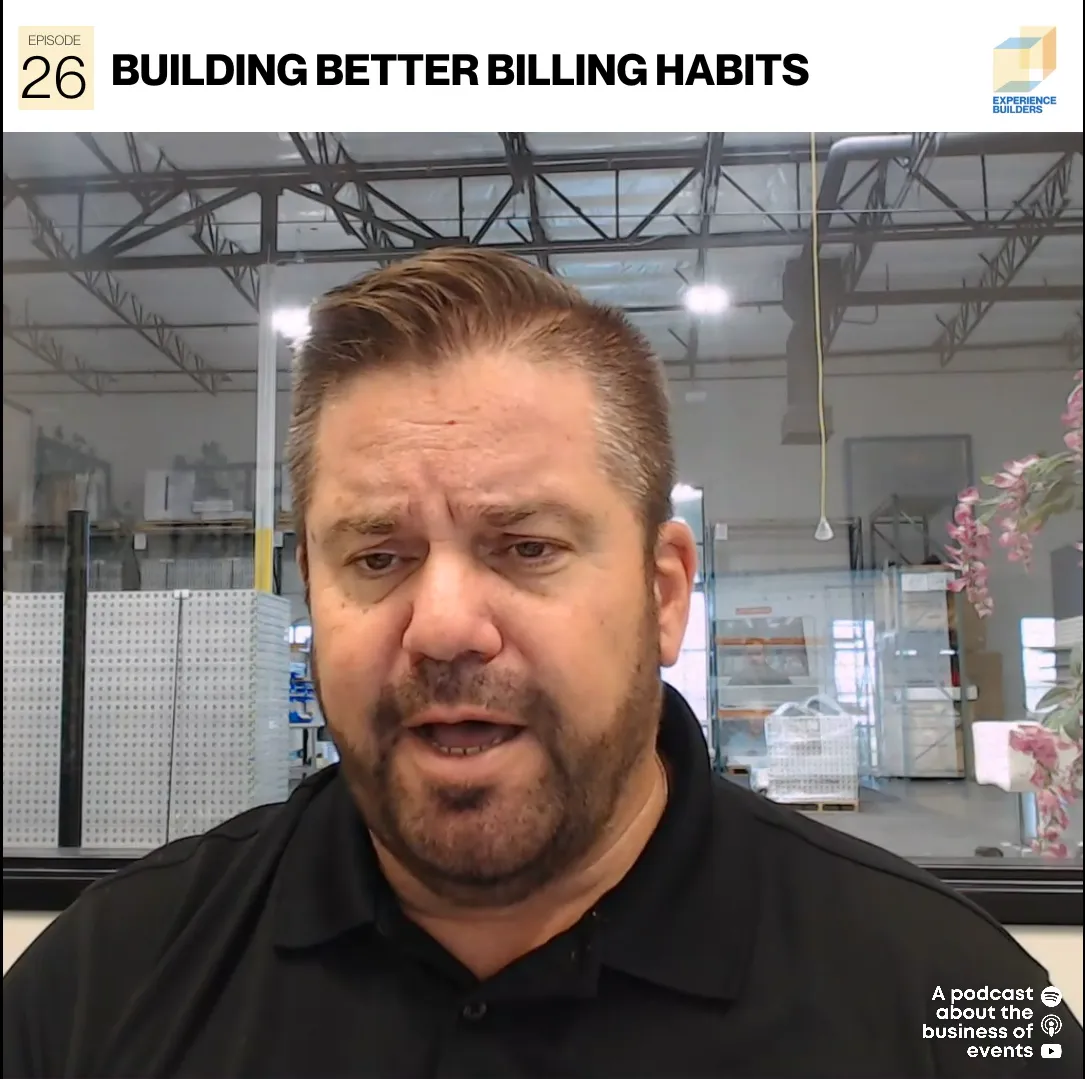by Aloysius Arlando
How did we find ourselves here? And what do we do about it? We are referring to one of the biggest challenges to hit our industry in the last ten years—one that is also being felt by many other sectors at the same time, which makes things even worse. And that, of course, is the shrinking availability of the kind of skilled human resources we need to deliver on the increasing expectations being placed on today’s industry.
This issue appeared quite literally overnight, and recent surveys show it is now a top concern amongst our AIPC members in almost every part of the world. We’re not alone in this—and demographics can explain a lot of it. But as an industry we do have some very unique problems that will have to be solved if we are to remain competitive in the labor market, and identifying what these are is a good first step toward finding solutions;
First, in a world where everyone is competing for the best and the brightest, we remain almost invisible in terms of representing an attractive career path. Everyone knows what a doctor, dentist, engineer or accountant does—but how many have a clue about what happens in the meetings industry and the supply systems that support it? This is the product of a bigger, long-term “image” issue that has challenged the industry for a long time—but that neglect is now expressing itself in a new way.
It gets worse. To the extent that we have any image at all is it likely most associated with “tourism,” which itself is an issue, as it has become largely synonymous with low-paid, repetitive work than anything that is likely to attract an ambitious graduate in any of the many areas we need to operate successfully in today’s industry.
Third, we are still short on credentials and training that is recognized anywhere outside our own industry, which is by definition where much of our new work force must come from. Again, most college-level programs that touch on our needs are embedded in either tourism or facility management programs, neither of which are necessarily inspiring for those looking at a more rewarding career path. Even then, many of the skills we need in this industry are scattered across many disciplines rather than having an identifiable focus that could capture the attention of those whose attention we most want to attract!
What to do? There’s no easy fix, but absent a concerted effort the problem will continue and in fact worsen in many areas. However, there are some clear opportunities;
The first relates to enhancing our overall image and profile in our respective communities. Centres, in particular, represent a real and high-profile presence wherever they are located, and putting more effort into using them to educate the local community about how dynamic and exciting this industry really is—what goes on in these facilities—would pay a variety of immediate returns, including the attraction of potential employees.
Secondly, we need to craft a more distinctive picture of what a career path in this sector can mean and why that is attractive to individuals with lots of other choices for employment and advancement. Having done this, we need to promote that where it matters: in job fairs, online and in literature relating to employment opportunities and anywhere else that those looking at career options are likely to be looking.
Finally, we need to re-consider what it takes to retain those we do attract in a world where turnover is a new expectation and opportunities abound. Incentives, training, certifications and other kinds of rewards all need to be on the table if we expect to be able to keep those we have successfully recruited—and often, heavily invested in.
We offer some of the most exciting and diverse career opportunities today—a window into many different professions, disciplines and interactions and a focus for some of the most important issues and developments in the world today. The fact that this remains largely unknown outside of our own ranks is a huge obstacle to attracting and retaining the very best—but one we can, and need to, act on immediately to secure the future of our industry.
In addition to his role as AIPC President, Aloysius Arlando is the CEO of SingEx Holdings, which comprises several entities focusing on the MICE business; including the management of the Singapore EXPO Convention and Exhibition Centre. He is also the president of the Singapore Association for Convention and Exhibition Organizers and Suppliers (SACEOS), organizer of Singapore MICE Forum.
AIPC represents a global network of more than 190 leading centers in 64 countries with the active involvement of more than 1,000 management-level professionals worldwide. It is committed to encouraging and recognizing excellence in convention center management, based on the diverse experience and expertise of its international representation, and maintains a variety of educational, research, networking and standards programs to achieve this. AIPC also celebrates and promotes the essential role of the international meetings industry in supporting economic, academic and professional development and enhancing global relations amongst highly diverse business and cultural interests.
This story originally appeared in the January/February issue of Exhibit City News, p. 54. For original layout, visit https://issuu.com/exhibitcitynews/docs/exhibitcitynews_janfeb_2020























